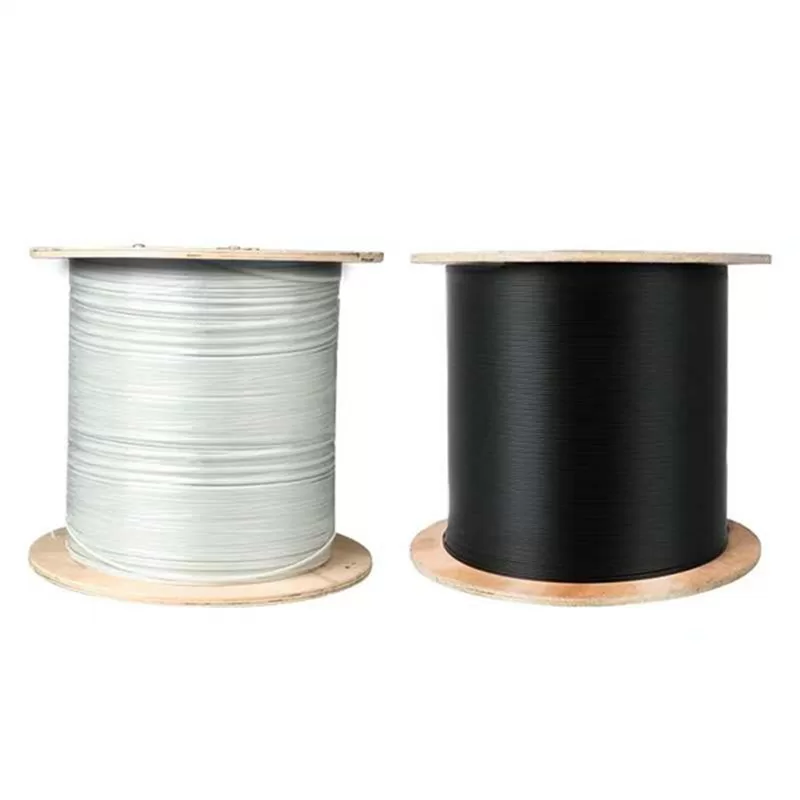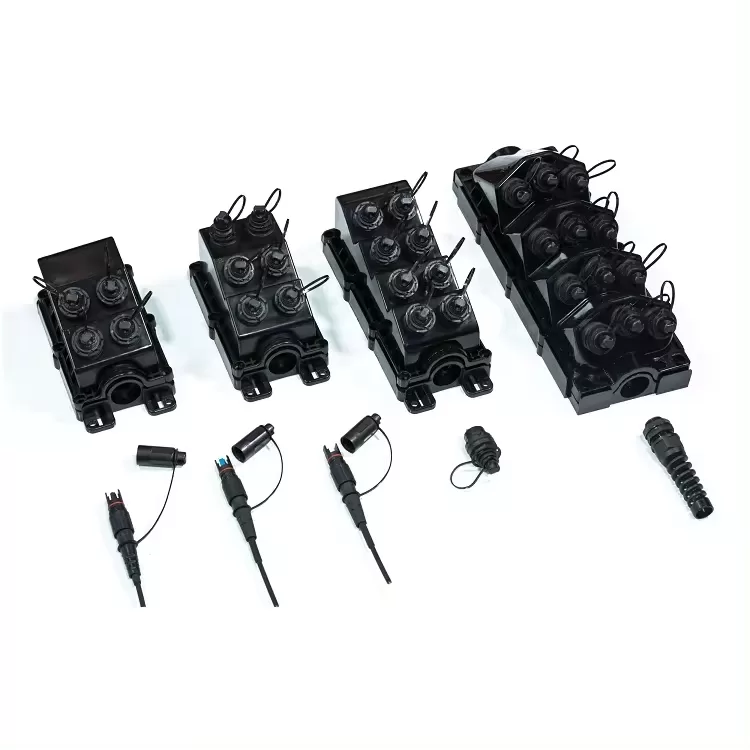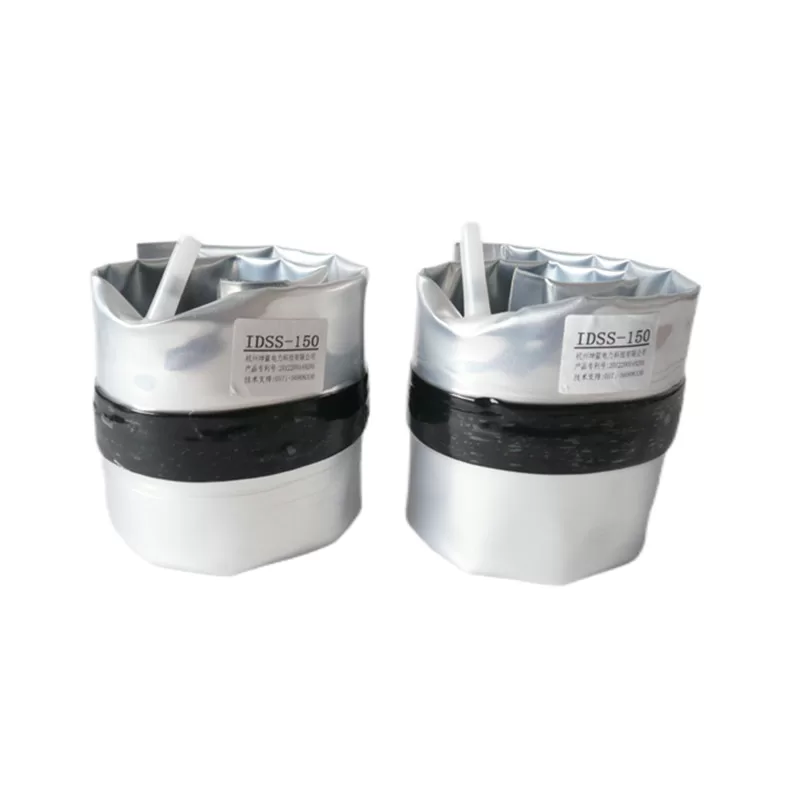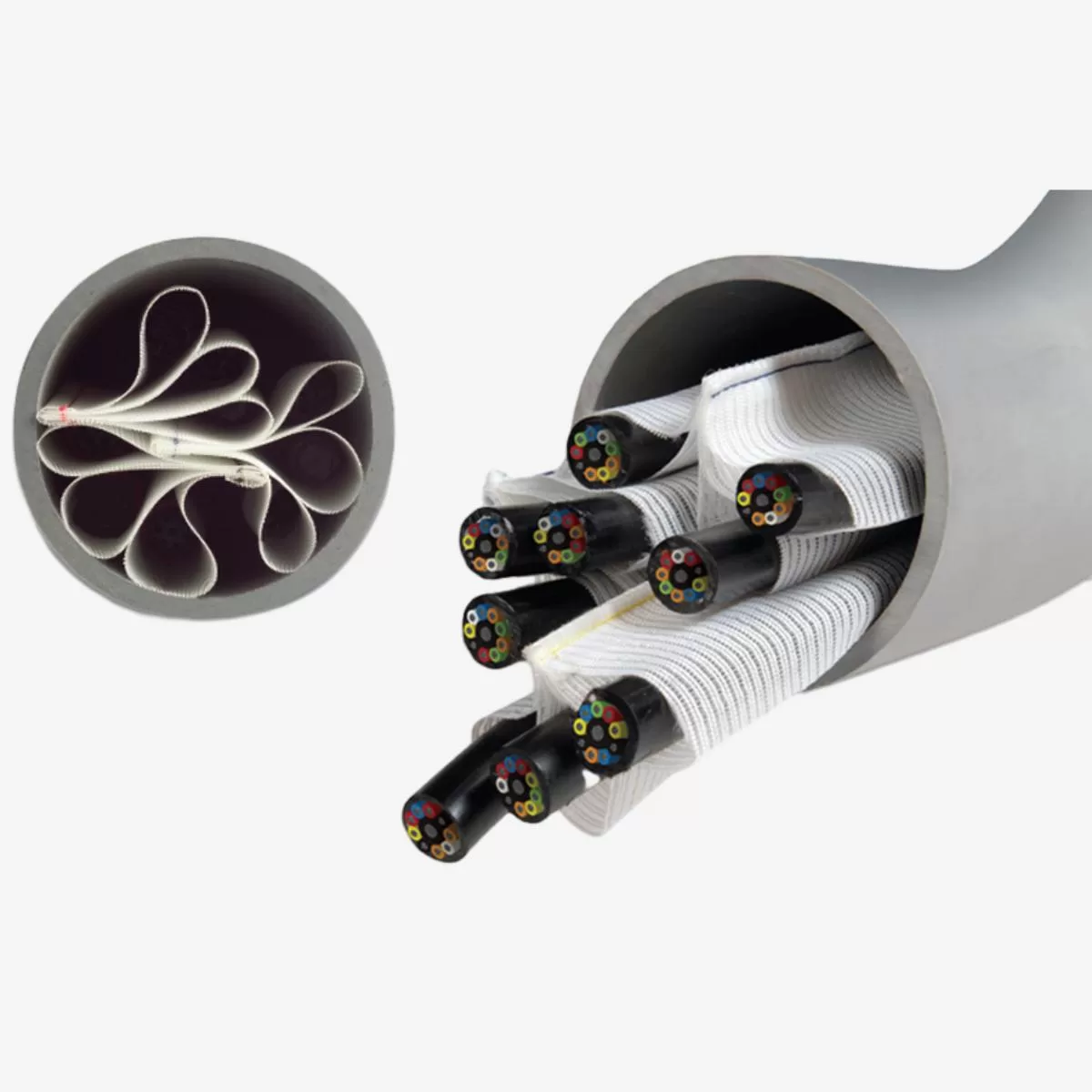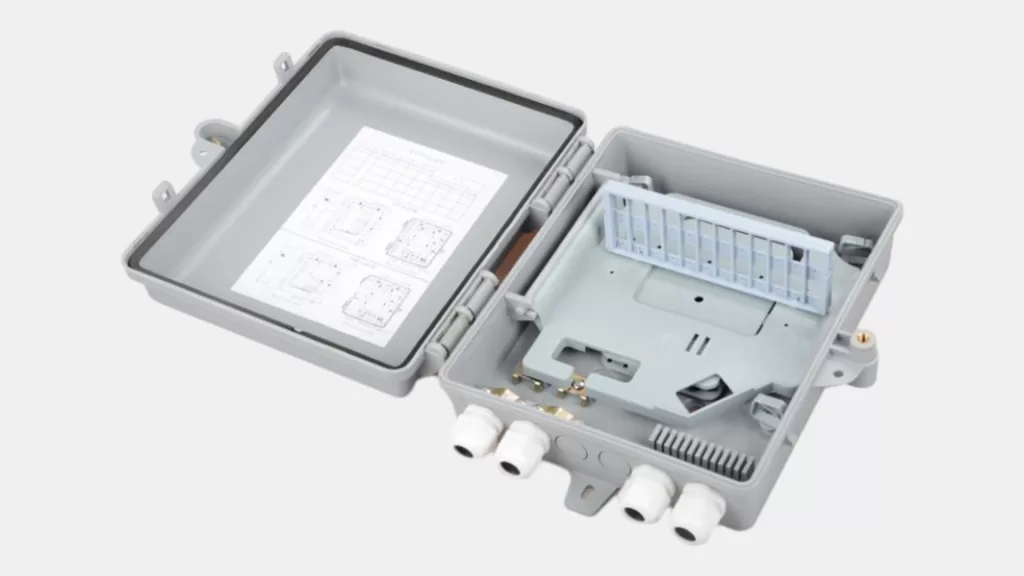
The fiber distribution box, a crucial component in optical fiber networks, serves a dual purpose of managing and protecting optical fibers while facilitating their efficient distribution. To ensure consistent performance and longevity, it is essential to adhere to strict technical specifications. This article delves into the intricacies of the fiber distribution box, exploring its various technical requirements and considerations.
Introduction
The fiber distribution box, also known as the optical fiber termination box, is a critical component in fiber optic networks. It is primarily used to terminate, splice, and organize optical fibers, providing a structured cabling solution for in-building and outside plant applications. The box must be designed to withstand harsh environmental conditions while maintaining optimal performance and security.
Technical Specifications
- Materials: The box should be made of a weather-resistant material such as high-grade plastic or sturdy metal to ensure durability. The material should be impervious to water, dust, and other environmental factors.
- Size and Dimensions: The box should have sufficient space to accommodate the necessary components, such as fiber terminations, splices, and slack storage. The dimensions should be large enough to facilitate easy access and maintenance.
- Door and Closure: The box should have a secure door that can be easily opened and closed. The door should latch securely to prevent accidental openings, yet allow for easy access when needed.
- Splice Protection: The box should provide adequate protection for fiber splices. This includes splice trays or similar organizers to hold the spliced fibers in place and protect them from damage.
- Fiber Storage: The box should have provisions for storing slack fiber. Slack storage areas should be labeled to indicate the fiber type and length for easy identification.
- Ventilation: Proper ventilation is essential to prevent moisture buildup and heat damage. The box should have ventilation holes or slots to allow for airflow.
- Grounding and Bonding: The box should be properly grounded to prevent electrical shocks and ensure system integrity. Provisions for bonding the metal components within the box should be provided.
- Mounting: The box should have integral mounting features, such as slots or threaded holes, to enable secure attachment to supporting structures or walls.
- Color Coded Fibers: To facilitate easy identification, color coding standards should be followed for different types of fibers. Labels or color-coded rings on the outside of the box should match the fiber colors inside.
- Documentation: Proper documentation is essential for installation, maintenance, and troubleshooting purposes. The box should include a user manual or installation guide with detailed instructions on how to install and maintain the system.
- Environmental Considerations: The box should be designed to withstand a wide range of environmental conditions, such as temperature extremes, moisture, and sunlight exposure. Materials used in the construction of the box should be UV-resistant and capable of withstanding harsh outdoor conditions.
- Security Considerations: The box should have robust security features to prevent unauthorized access or tampering. This may include locks, bolts, or other physical barriers to protect the contents of the box.
- Durability: The box should be designed for long-term use, withstanding years of exposure to the elements and regular handling without significant damage or degradation.
- Expandability: To accommodate future growth or changes in the network configuration, the box should have provisions for expansion. This may include additional splice trays or storage areas that can be added as needed.
- Warranty: The manufacturer should provide a warranty on the box, covering materials and workmanship for a reasonable period of time after installation. This ensures that any defects or issues with the product are addressed by the manufacturer under warranty provisions.
Conclusion
The fiber distribution box plays a crucial role in ensuring the reliable operation of fiber optic networks. It is essential to select a high-quality box that meets the specified technical requirements and can withstand the environmental conditions where it will be installed. By following these technical specifications, network designers and installers can ensure that the fiber distribution box will provide dependable performance over its lifetime.

